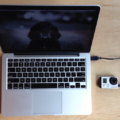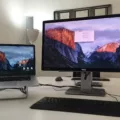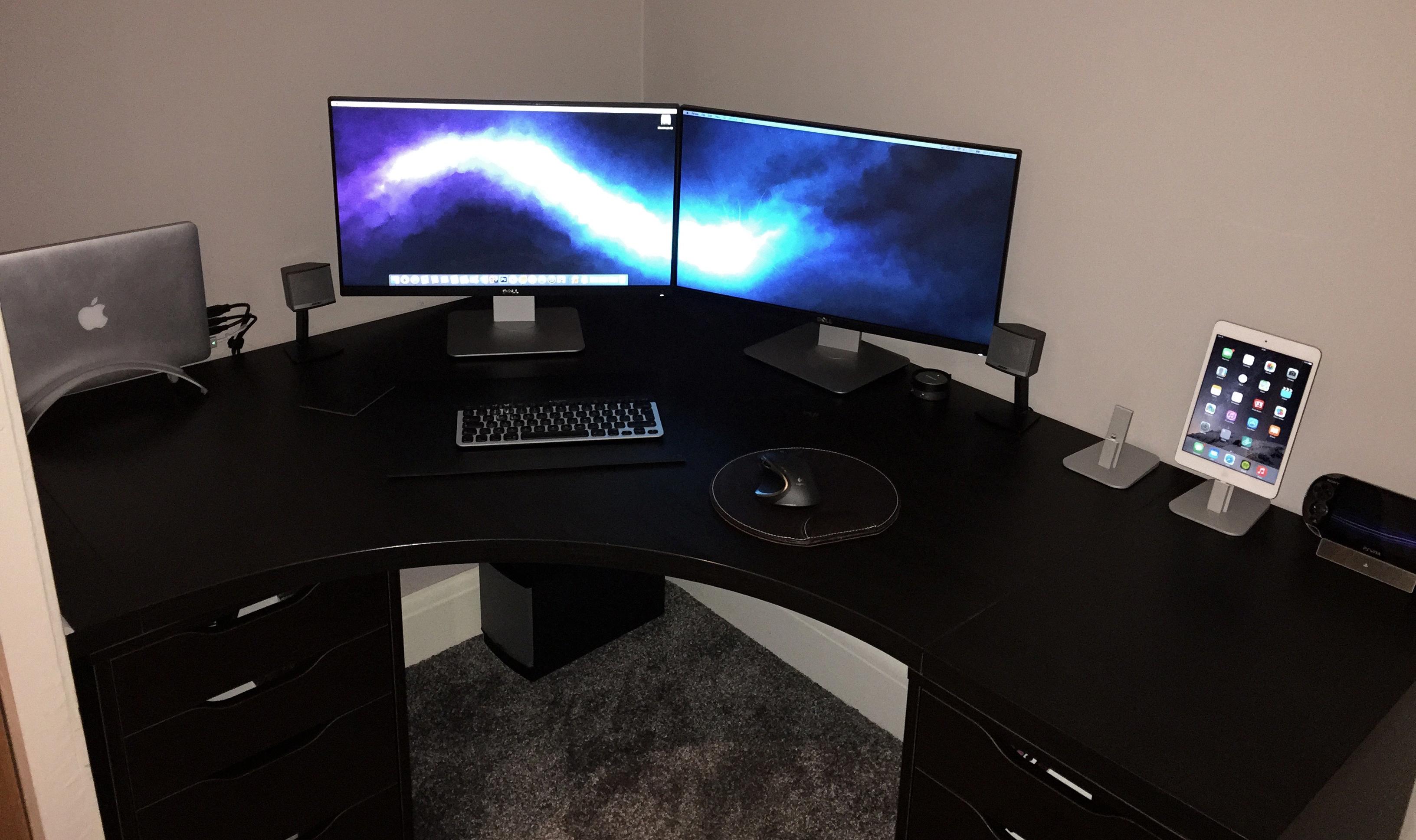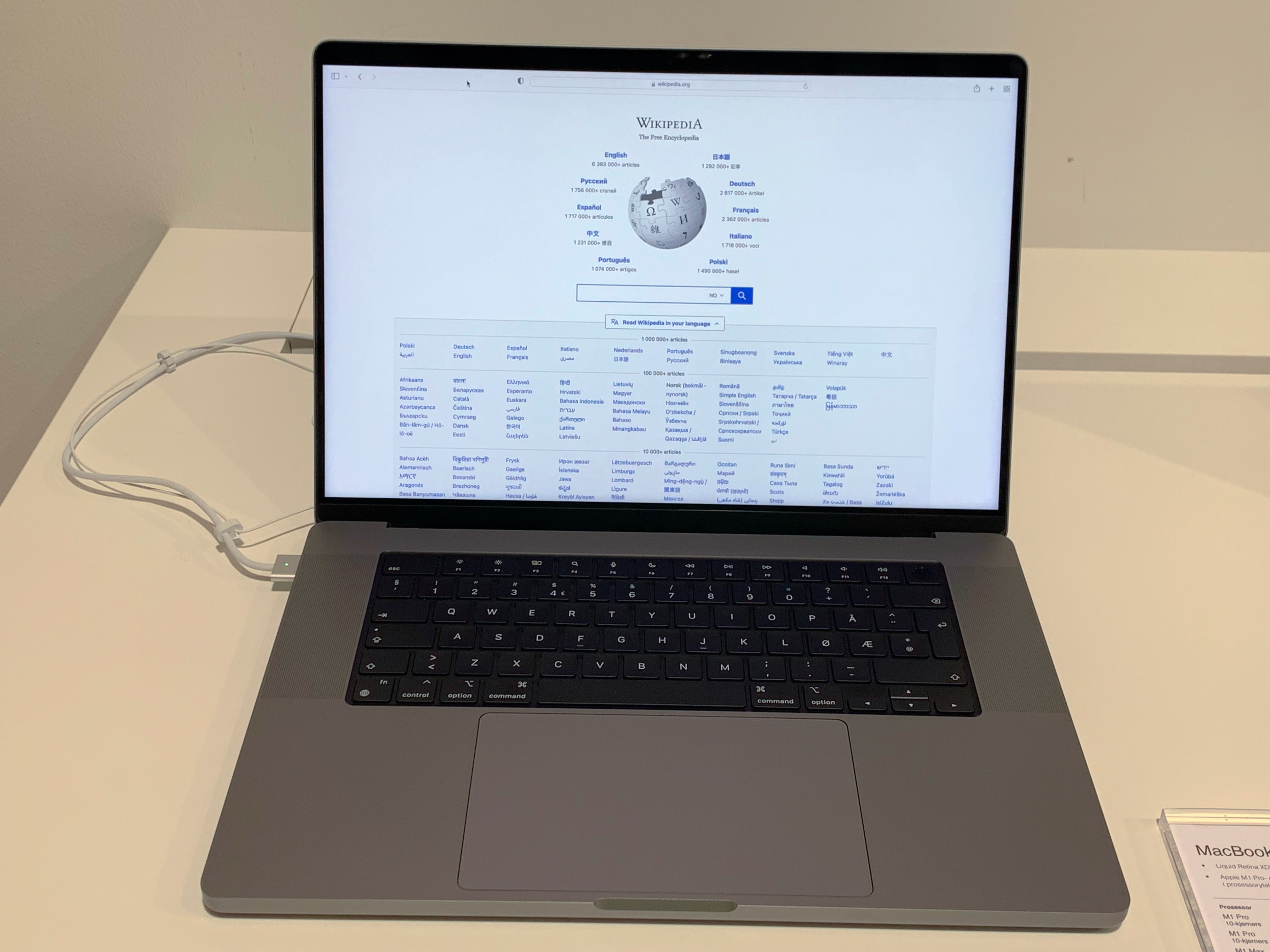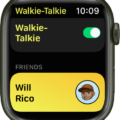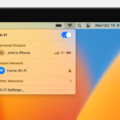Many Mac users may encounter the frustrating issue of their Mac not recognizing an external monitor. This can be especially problematic for those who rely on multiple displays for their work or entertainment purposes. In this article, we will explore the possible reasons behind this compatibility issue and provide some solutions to help resolve it.
One common reason why a Mac may not recognize an attached display is a loose or faulty connection. To troubleshoot this, start by unplugging the display from your Mac and then plugging it back in. Ensure that the cable is securely connected to the correct port on both the Mac and the display. Sometimes, using a different cable or adapter can also help establish a proper connection. It is crucial to use the correct cable that is compatible with your specific display and Mac model.
If the issue persists, there might be a problem with the display settings. Go to the System Preferences on your Mac and select the Displays option. Check if the correct input is selected for your display. Sometimes, the display may have multiple inputs, so make sure to choose the one that matches the cable you are using. Additionally, try turning off the display and then turning it back on to see if it triggers the recognition.
While most monitors that use standard HDMI, USB-C, or DisplayPort interfaces are compatible with Macs, there are specific displays designed explicitly for Macs. These displays often include Thunderbolt 3 connectivity and are optimized for seamless integration with Mac systems. BenQ, for example, offers a range of monitors that are not only compatible with Macs but also provide Thunderbolt 3 support, ensuring smooth connectivity and enhanced performance.
In some cases, the compatibility issue may be related to outdated software or firmware. Ensure that both your Mac and the display have the latest updates installed. Check the manufacturer’s website for any available software or firmware updates specifically designed to address compatibility issues with Macs.
If none of the above solutions resolve the problem, it is advisable to seek technical support from the display manufacturer or contact Apple Support. They can provide further assistance and guidance tailored to your specific situation.
Compatibility issues between Macs and external monitors can be frustrating, but there are several steps you can take to resolve them. Start by checking the connection, using the correct cable, and ensuring the correct input is selected in the display settings. Consider investing in a monitor specifically designed for Macs for a seamless experience. Keep both your Mac and display updated with the latest software or firmware updates. If all else fails, seek support from the manufacturer or Apple.
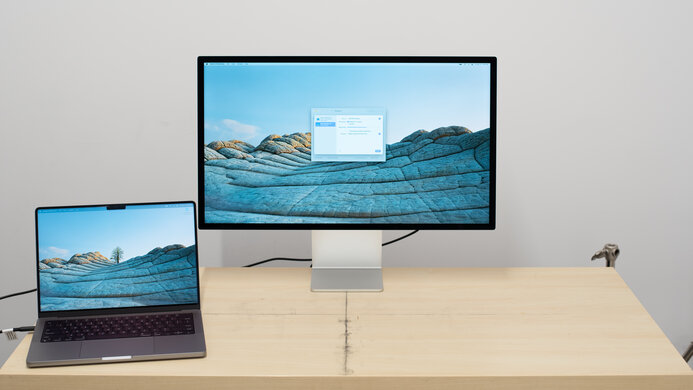
Why Won’t Your Monitor Work With Your Mac?
There could be several reasons why your monitor is not working with your Mac. Here are some troubleshooting steps to help you resolve the issue:
1. Check the connection: Ensure that the cable connecting your monitor to your Mac is securely plugged in on both ends. If you are using an adapter or converter, make sure it is also connected properly.
2. Verify the correct port: Make sure you are connecting the monitor to the correct port on your Mac. Depending on the model, Macs can have different types of ports such as HDMI, DisplayPort, Thunderbolt, or USB-C. Refer to your Mac’s user manual or specifications to ensure you are using the correct port.
3. Test the cable: If possible, try using a different cable to connect your monitor to your Mac. Sometimes, cables can be faulty or damaged, which can prevent the display from working properly.
4. Check the monitor input: Most monitors have multiple input options such as HDMI, DisplayPort, VGA, or DVI. Ensure that the monitor is set to the correct input source that matches the cable and port you are using.
5. Restart your Mac: Sometimes, simply restarting your Mac can help resolve display-related issues. Go to the Apple menu and select “Restart” to reboot your computer.
6. Reset NVRAM/PRAM: Resetting the non-volatile random-access memory (NVRAM) or parameter random-access memory (PRAM) on your Mac can also fix display problems. Restart your Mac and hold down the Command + Option + P + R keys simultaneously until you hear the startup sound for the second time.
7. Check for software updates: Ensure that your Mac’s operating system is up to date. Go to the Apple menu, select “System Preferences,” and then click on “Software Update” to check for any available updates. Install any updates that are available.
8. Test with another monitor: If possible, connect your Mac to another monitor to determine if the issue is with the Mac or the monitor itself. If the other monitor works fine, the problem may lie with your original monitor.
If none of the above steps resolve the issue, it is recommended to contact Apple support or visit an authorized service center for further assistance.
Are All Monitors Compatible With Mac?
Not all monitors are compatible with Mac. The compatibility depends on the type of port available on your MacBook Pro and the connectivity options of the monitor.
Most modern MacBook Pros come with USB-C ports, which can be used for connecting external monitors. However, not all monitors have USB-C ports. In such cases, you will need to use a dongle or an adapter to connect the monitor to your MacBook Pro.
Here are the various types of connectivity options for monitors and how you can make them compatible with your MacBook Pro:
1. HDMI: Many monitors support HDMI connectivity. If your MacBook Pro has an HDMI port, you can directly connect the monitor using an HDMI cable. If your MacBook Pro doesn’t have an HDMI port, you can use a USB-C to HDMI adapter or dongle.
2. DisplayPort: Some monitors have DisplayPort connectivity. If your MacBook Pro has a Mini DisplayPort or Thunderbolt 2 port, you can use a Mini DisplayPort to DisplayPort cable or adapter. If your MacBook Pro has a USB-C port, you can use a USB-C to DisplayPort adapter.
3. VGA: Older monitors may have VGA connectivity. If your MacBook Pro has a Mini DisplayPort or Thunderbolt 2 port, you can use a Mini DisplayPort to VGA cable or adapter. If your MacBook Pro has a USB-C port, you can use a USB-C to VGA adapter.
4. DVI: Some monitors have DVI connectivity. If your MacBook Pro has a Mini DisplayPort or Thunderbolt 2 port, you can use a Mini DisplayPort to DVI cable or adapter. If your MacBook Pro has a USB-C port, you can use a USB-C to DVI adapter.
5. Thunderbolt: If your monitor has a Thunderbolt port, you can connect it directly to the Thunderbolt port on your MacBook Pro using a Thunderbolt cable.
It’s important to note that not all dongles or adapters are created equal, so make sure to choose one that is specifically designed for Mac and supports the desired connectivity option.
While not all monitors are directly compatible with Mac, you can make them compatible by using the appropriate dongles or adapters based on the available ports on your MacBook Pro and the connectivity options of the monitor.
How Do You Force Your Mac to Recognize a Monitor?
To force your Mac to recognize a monitor, you can try the following steps:
1. Unplug the cable from your Mac and plug it in again: Sometimes, a loose connection can prevent the Mac from detecting the external display. By unplugging and plugging the cable back in, you can ensure a secure connection.
2. Unplug the cable from the display and plug it in again: Similar to the previous step, disconnecting and reconnecting the cable at the display end can help establish a proper connection.
3. Check the correct input is selected in the display’s settings: Some displays have multiple input options, such as HDMI, DisplayPort, or VGA. Make sure to select the correct input source on your display to match the cable you are using.
4. Turn off the display and then turn it on again: Power cycling the display can sometimes resolve connection issues. Simply turning off the display and then turning it back on after a few seconds may trigger the Mac to detect it.
5. Update your Mac’s software: Outdated software can sometimes cause compatibility issues with external displays. Make sure your Mac is running the latest version of macOS and install any available updates.
6. Reset the NVRAM/PRAM: Resetting the NVRAM (non-volatile random-access memory) or PRAM (parameter random-access memory) can help resolve display-related issues. To do this, restart your Mac and immediately press and hold the Option + Command + P + R keys until you hear the startup sound for the second time.
7. Try a different cable or adapter: Faulty cables or adapters can also prevent the Mac from recognizing the external display. If possible, try using a different cable or adapter to rule out any potential hardware issues.
If none of these steps work, it is advisable to contact Apple Support or consult a professional technician for further assistance.
Are All HDMI Monitors Mac Compatible?
Not all HDMI monitors are Mac compatible. While most monitors that use standard HDMI interfaces can work with Macs, there are certain factors to consider for seamless compatibility. Macs typically require monitors that support specific resolutions and color profiles. Additionally, some Mac models may not have HDMI ports, so you may need an adapter to connect the monitor.
However, there are monitors specifically designed for Macs that offer enhanced compatibility and features. These monitors often include Thunderbolt 3 ports, which provide a direct connection to Macs and offer faster data transfer speeds. Thunderbolt 3 monitors are capable of delivering both video and audio signals, and they can also charge the connected Mac device.
In addition to Thunderbolt 3, there are other display interface options that are commonly supported by Macs, such as USB-C and DisplayPort. Monitors with USB-C or DisplayPort interfaces can also be compatible with Macs, but it is important to ensure that the monitor’s specifications and Mac requirements align.
To summarize, while most HDMI monitors can work with Macs, it is recommended to consider monitors specifically designed for Macs, such as those with Thunderbolt 3, USB-C, or DisplayPort interfaces. These monitors offer optimized compatibility and additional features that can enhance the Mac user experience.
Conclusion
Mac computers offer a wide range of compatibility options when it comes to connecting external displays. While most MacBook Pros come with a limited port selection, such as USB-C ports, there are various Mac-compatible dongles available to cater to different connectivity needs.
If your Mac is not detecting an external display, there are a few troubleshooting steps you can take. First, ensure that the cable connecting your Mac and the display is securely connected to the correct port. Try unplugging and re-plugging the cable to ensure a proper connection. Additionally, make sure you are using the correct cable for your display.
If the issue persists, you can also try unplugging the cable from your Mac and display, and then plugging it back in. Check the display’s settings to ensure the correct input is selected. You can also try turning off the display and then turning it back on.
Most monitors that use standard HDMI, USB-C, or DisplayPort interfaces are compatible with Macs. However, if you are specifically looking for Thunderbolt 3 connectivity, there are displays available from brands like BenQ that are designed for Macs and offer Thunderbolt 3 compatibility.
Mac computers offer flexibility when it comes to connecting external displays, and with the right cables or dongles, you can easily enhance your workspace and productivity.


